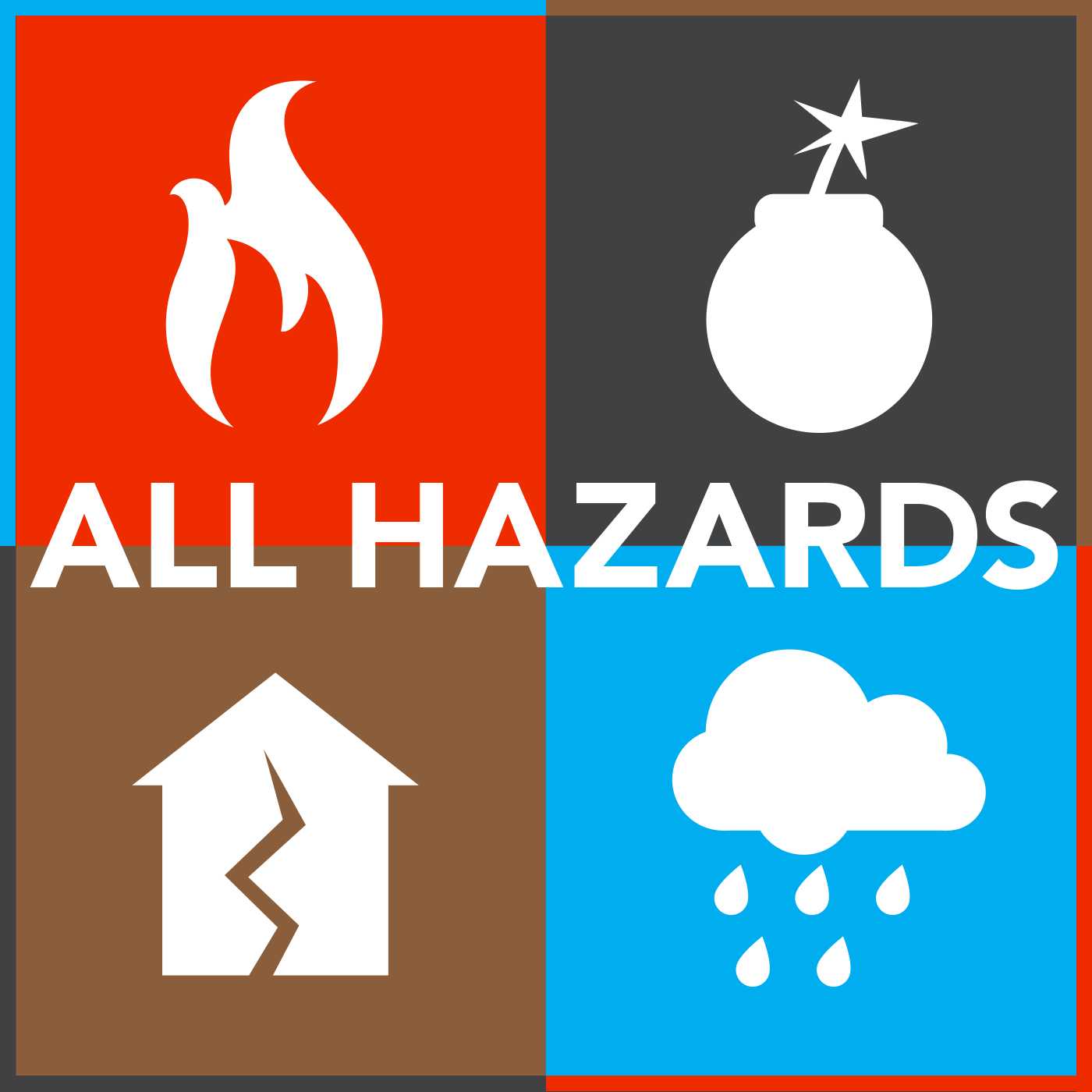Episodes
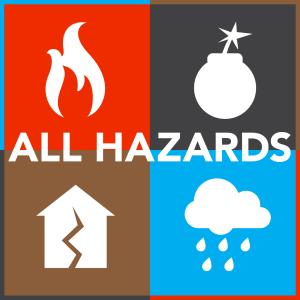
Friday Jul 28, 2023
Friday Jul 28, 2023
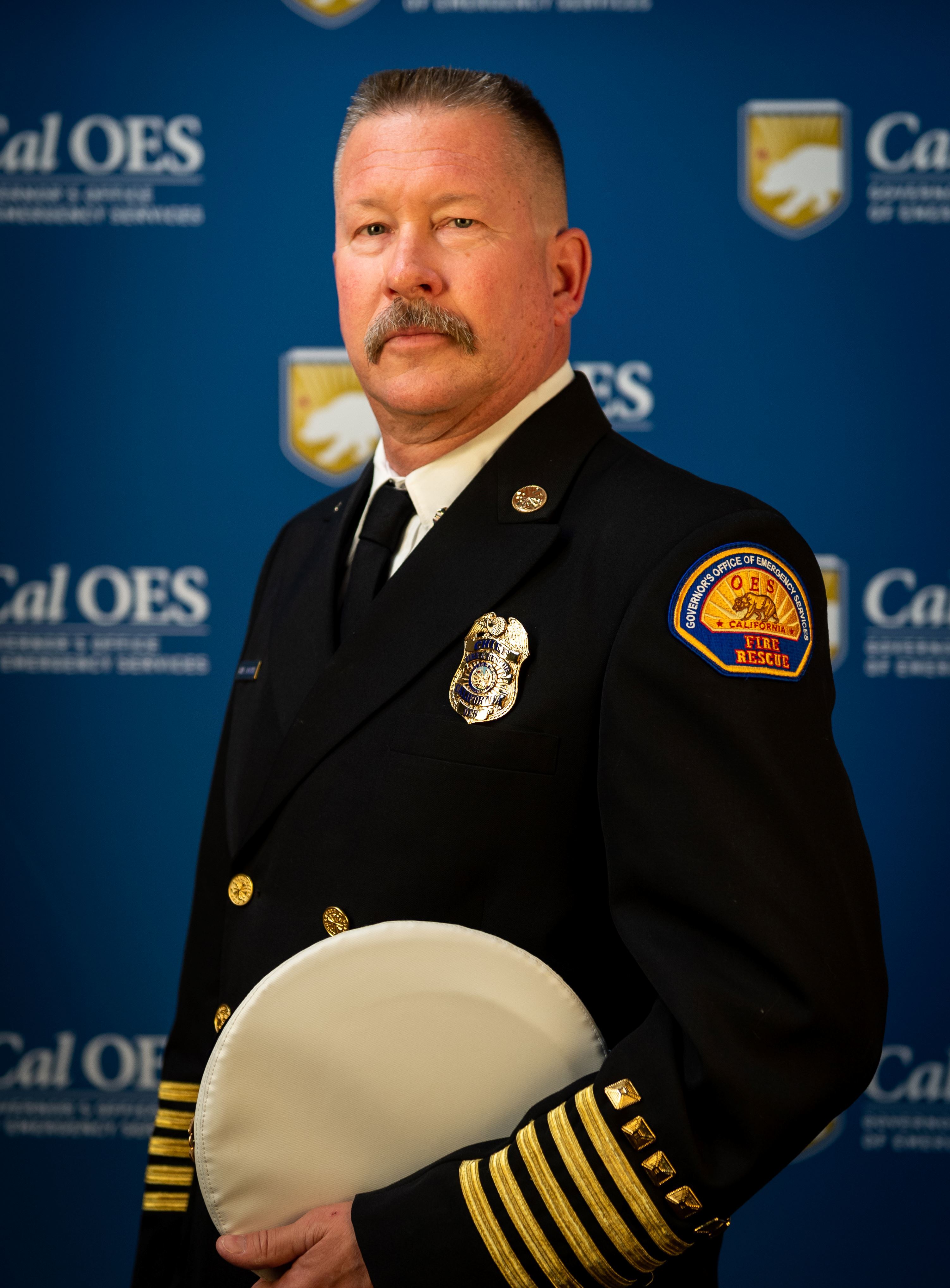
In this episode (#97) we talk with Cal OES Fire and Rescue Chief Brian Marshall. With an impressive 30 plus year background in emergency management, Chief Marshall has been serving with Cal OES since 2019.
With California heading into its peak fire season, our discussion with Chief Marshall couldn't have come at a more relevant time. He provided us with valuable insights into how Cal OES is meticulously preparing to ensure a safe and secure fire season for everyone in the state.
The episode takes you on a journey through Chief Marshall's remarkable career, which had its origins in Kern County. Over the course of 30 plus years in emergency management, he has gathered invaluable experience that led him to Cal OES.
Since taking up his role in 2019, Chief Marshall has been entrusted with overseeing the California Fire and Rescue Mutual Aid System. This critical system involves the strategic deployment of a vast fleet of over 270 fire engines across more than 60 local government partners, ready to respond to all-hazard events statewide.
During an incident, when local government fire agencies reach capacity, the mutual aid system brings in additional resources to help respond and keep communities safe.
LINKS

Tuesday Aug 09, 2022
Tuesday Aug 09, 2022

This episode (#96) of All Hazards gives us a view of Cal OES’s mission through a legal lens. We sit down with Cal OES Chief Counsel Jennifer Bollinger. She covers everything from how she became an attorney, and how she came to Cal OES and why she’s here for the long term. Daily life as a lawyer for state government is one thing - life at Cal OES is another; it’s fast paced, exciting and very challenging. Jennifer goes over all of it, from the time she joined the agency as a staff attorney to now as chief counsel.
Fun fact - Jennifer has a weight bench in her office!
Jennifer L. Bollinger, 40, of Sacramento, has been appointed Chief Counsel at the Governor’s Office of Emergency Services. Bollinger has been Chief Counsel at the Department of General Services since 2020. Bollinger was Assistant Chief Counsel at the Governor’s Office of Emergency Services from 2018 to 2020. She was Board Counsel at the California Fire and Rescue Training Authority from 2016 to 2019. Bollinger held several positions at the Governor’s Office of Emergency Services from 2017 to 2018, including Acting Assistant Chief Counsel, Senior Counsel and Acting Contracts and Procurement Division Chief. She was a Financial Services and Business Litigation Attorney at LeClairRyan from 2015 to 2016. Bollinger was an Attorney at the California Public Employees’ Retirement System from 2013 to 2015 and at the California State Teachers’ Retirement System from 2010 to 2013. Bollinger held several positions at Porter Scott Attorneys from 2008 to 2010, including Litigation Associate and Legal Intern. Bollinger earned a Juris Doctor degree from the University of the Pacific, McGeorge School of Law.
Links
JC-319482 - Senior Counsel
ATTORNEY III
Final Filing Date: 8/25/2022
https://www.calcareers.ca.gov/CalHrPublic/Jobs/JobPosting.aspx?JobControlId=319482
Podcast #71: Cal OES Legal Chief Alex Pal Sets High Bar to Help Ensure a Resilient California

Thursday May 12, 2022
Thursday May 12, 2022
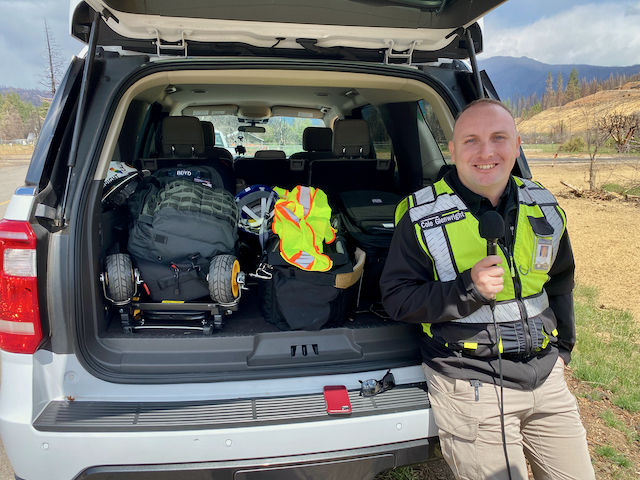
This episode (#95) takes us to Greenville, California, where efforts to recover from the Dixie and Beckwourth Complex fires are accelerating as the finish lines comes into view. We talk with Cole Glenwright, Cal OES Recovery Operations Section Chief, who gives us some hopeful news about the final stretch in the marathon that is recovery in Plumas and Lassen Counties.
The Dixie Fire erupted near Dixie Road in Butte County. It grew to an enormous wildfire that also burned in Plumas, Lassen, Shasta, and Tehama Counties, The fire began in the Feather River Canyon near Cresta Dam on July 13, 2021, and burned 963,309 acres before being 100% contained on October 25, 2021. It was the largest single (i.e. non-complex) wildfire in California history, and the second-largest wildfire overall (after the August Complex fire of 2020.)
Links
Plumas County Wildfire Recovery

Thursday Mar 24, 2022
Thursday Mar 24, 2022
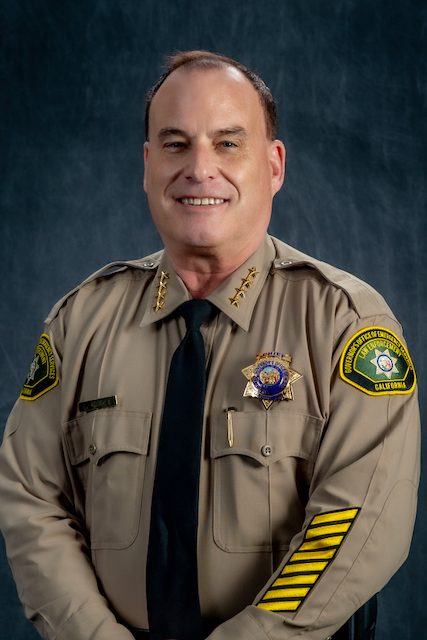
In this episode (#94) we talk with the new Cal OES Law Branch chief Donald O’Keefe. Governor Gavin Newsom appointed O’Keefe in December 2021, building on a distinguished career in law enforcement at both the local and federal level.
In 2012, O’Keefe was nominated by President Barack Obama to serve as the United States Marshal for the Northern District of California. In this capacity, O’Keefe has been responsible for the management, administration, and direction of U.S. Marshal Service Operations throughout the Northern District of California. His overall responsibilities have included protecting the United States courts and judiciary, criminal investigations, fugitive enforcement, executions of federal court orders, and other law enforcement activities.
Prior to his appointment with the U.S. Marshals Service, O’Keefe served for more than three years as the Police Chief for the city of Half Moon Bay and also spent 27 years with the San Mateo County Sheriff’s Office.
Chief O’Keefe replaces outgoing Chief of Law Enforcement Mark Pazin who is retiring. Chief Pazin has worked for Cal OES since 2013 where he has been instrumental in revamping and building an outstanding professional, multi-faceted law enforcement team.
Links
U.S. Marshals Services, Northern District of California
San Mateo County Sheriff’s Office

Wednesday Feb 16, 2022
Wednesday Feb 16, 2022
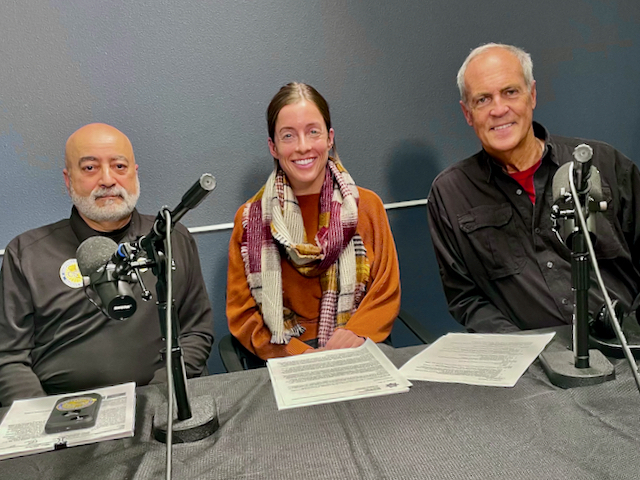
California experiences numerous unique disasters that first responders and emergency managers must be ready to respond to at any moment. Training is a critical part of that process in which the California Specialized Training Institute (CSTI) builds confidence in their ability to respond to whatever comes their way.
Over the last 50 years CSTI has trained thousands of emergency responders not only in California but nationwide.
In this episode (#92), we sit down with CSTI Superintendent Alex Cabassa and Dr. Lawrence Heiskell, provider for CSTI’s tactical medicine training. We discuss all things CSTI and hear real examples of how this training literally saved lives.
Resources:

Thursday Dec 16, 2021
Roseville 911
Thursday Dec 16, 2021
Thursday Dec 16, 2021
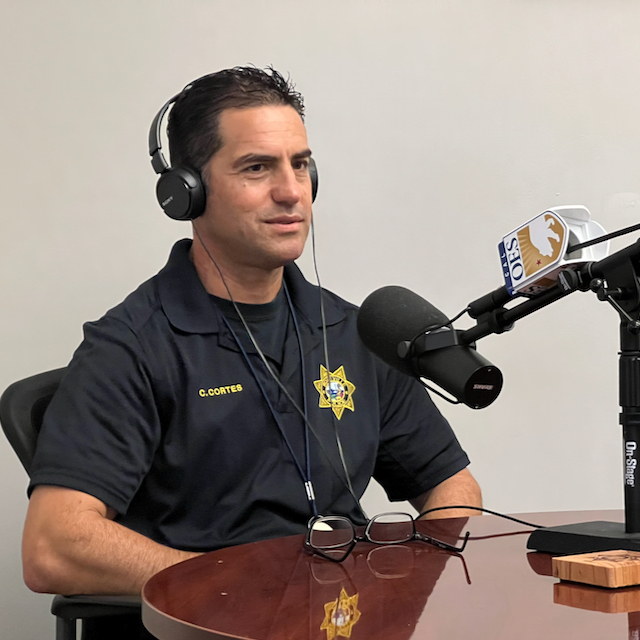
La Oficina de Servicios de Emergencia, o Cal OES por sus siglas en inglés, ha implementado cambios en la tecnología, transformando el sistema 9-1-1 de análogo a digital, y permitiendo con ello, un mejor proceso de comunicación y asistencia a emergencias.
Y aunque el cambio no será identificado por el público en general, la diferencia será enorme para todos los elementos que diariamente trabajan en pro de resguardar el orden y la seguridad de la comunidad.
En el departamento de policía de Roseville, platicamos con el oficial Carlos Cortés quien se emociona con esta evolución de la tecnología, ya que con más de 25 años al servicio de los residentes de California, primero como bombero y posteriormente como policía, reconoce las grandes ventajas que el cambio conlleva.
La canalización de cada una de las llamadas de emergencia sin importar la ubicación de las víctimas es clave para llegar lo más pronto posible al lugar de los hechos, una situación que años atrás representaba todo un reto, ya que no existían los teléfonos inteligentes, ni los sistemas de ubicación global (GPS) y las herramientas existentes eran tan solo mapas y una hoja de papel la información más básica impresa.
El sistema de llamadas 9-1-1 se convirtió en la plataforma más segura para ayudar a los afectados por una desgracia y la nueva generación ha dimensionado los alcances de dicha ayuda.
LINKS:

Tuesday Dec 07, 2021
Tuesday Dec 07, 2021

This episode (#90) brings us up to speed on Next Generation 911 in California.
911.gov explains: “Because most 911 systems were originally built using analog rather than digital technologies, public safety answering points (PSAPs) across the country need to be upgraded to a digital or Internet Protocol (IP)-based 911 system, commonly referred to as Next Generation 911 (NG911).
A variety of non-technical resources are available to help explain what NG911 is and how it will help public safety leaders improve the safety of civilians, patients and first responders. Learn more about how the transition to Next Generation 911 will impact EMS, fire and law enforcement communities here.
The success and reliability of 911 will be greatly improved with the implementation of NG911, as it will enhance emergency number services to create a faster, more resilient system that allows voice, photos, videos and text messages to flow seamlessly from the public to the 911 network.
NG911 will also improve PSAP ability to help manage call overload, natural disasters, and transferring of 911 calls and proper jurisdictional responses based on location tracking.
While the technology to implement these new IP-based 911 systems is available now, the transition to NG911 will involve much more than just new computer hardware and software. Implementing NG911 in states and counties nationwide will require the coordination of a variety of emergency communication, public safety, legislative and governing entities.”
The California 9-1-1 Emergency Communications Branch at Cal OES remains focused on enabling Public Safety Answering Points (PSAPs) to provide the fastest, most reliable, and cost-effective access to emergency services for any 9-1-1 caller in California from any communications device.. While the existing 9-1-1 system has been a success story for more than 40 years, it has been stretched beyond its limit. The current 9-1-1 system is unable to efficiently integrate with today’s newer technologies and lacks the reliability and monitoring capabilities needed to support today’s increased disaster environment. Due to the aging technology of today’s 9-1-1 system, the number of outages continues to increase and the existing 9-1-1 system is becoming less and less reliable.
There is an urgent need to transform California’s legacy 9-1-1 system into a Next Generation 9-1-1 (NG9-1-1) system. Modernizing California’s outdated 9-1-1 funding formula is crucial to protecting our 9-1-1 system. The CA Legislature approved SB 96 / AB 96 which provides the updated State Emergency Telephone Number Account (SETNA) funding model that will provide the revenue needed to implement NG9-1-1.
NG9-1-1 will provide multi-layered redundancy and a common technology platform for alerts and warnings. The advantages of NG9-1-1 include:
- Allow agencies to re-route 9-1-1 calls to each other during disasters
- Increase resiliency by hardening the system to withstand natural and human-caused disasters
- Provide a statewide common technology delivery system for Alerts and Warnings
- Ensure emergency calls are quickly and accurately delivered – in 3 seconds or less
- Support text to 9-1-1 delivery into the PSAP
- Deliver increased location accuracy for wireless calls
- Allow agencies to utilize state of the art mapping in order to better locate callers
- Integrate with First Responder Network Authority’s nationwide wireless broadband network initiative
- Reduce 9-1-1 system downtime. 9-1-1 outages are an ongoing problem with the aging infrastructure currently being used in California
Since the CA 9-1-1 Branch first published the proposed California NG9-1-1 Roadmap in 2010, significant progress has been made to implement NG9-1-1 in California. The CA 9-1-1 Branch successfully implemented several NG9-1-1 pilot projects; the most significant of these are in Northeast California with 36 PSAPs and the Pasadena RING project in LA County with 8 PSAPs. The CA 9-1-1 Branch also met representatives from nearly every PSAP in the state, the originating service providers, and the vendor community to develop the NG9-1-1 implementation plan.
Links
Cal OES 911
911.gov
Cal OES PSC

Friday Oct 22, 2021
Friday Oct 22, 2021

In this episode (#89) we talk with Jerry Sipe, recovery manger for Dixie and Beckwourth Complex Fires in Plumas County.
He talks about how the utter devastation in Greenville, a town of about 1,100 in Plumas County, has left a debris field from one end to the other, as well as destroyed homes scattered throughout the area. While crews are making good progress debris cleanup and removal of hazardous waste caused by the fire, there’s still a large number of homeowners who have not signed a right of entry (ROE) form to allow crews to access the property to clean it. And that’s a problem, especially with the wet season arriving; rain causes debris flows, and that can contaminate ground water.
LINK TO:
Debris Removal Prog.
Cal OES Debris Removal
https://wildfirerecovery.caloes.ca.gov/ufaqs/what-is-the-consolidated-debris-removal-program/
SBA Disaster Asst.
https://www.sba.gov/funding-programs/disaster-assistance
Dixie Fire Recovery
https://plumascounty.us/2880/Debris-Removal-Programs
Debris Flow Mitigation
https://www.ready.gov/landslides-debris-flow
Dixie Fire Incident
https://inciweb.nwcg.gov/incident/7690/

Tuesday Oct 12, 2021
Tuesday Oct 12, 2021

The Dixie Fire was a tough one. It started on July 13, 2021, and is still burning (as of this post on Oct. 12) on the Plumas National Forest, Lassen National Forest, Lassen Volcanic National Park, and in five counties: Butte, Lassen, Plumas, Shasta and Tehama. It has burned 963,309 acres and is currently 94% contained.
The town of Greenville, population just over 1100, suffered catastrophic damage due to the Dixie; most buildings and many homes were destroyed.
In this episode (#88) we met with the resident fire chief, Bob Orange, at his new, though temporary, fire house to talk about the fire, his department, and what’s next for this critical community service — the Indian Valley Fire Department.
LINKS
Dixie Fire Info
InciWeb Dixie Fire
CalFire Dixie Fire

Wednesday Sep 15, 2021
Wednesday Sep 15, 2021
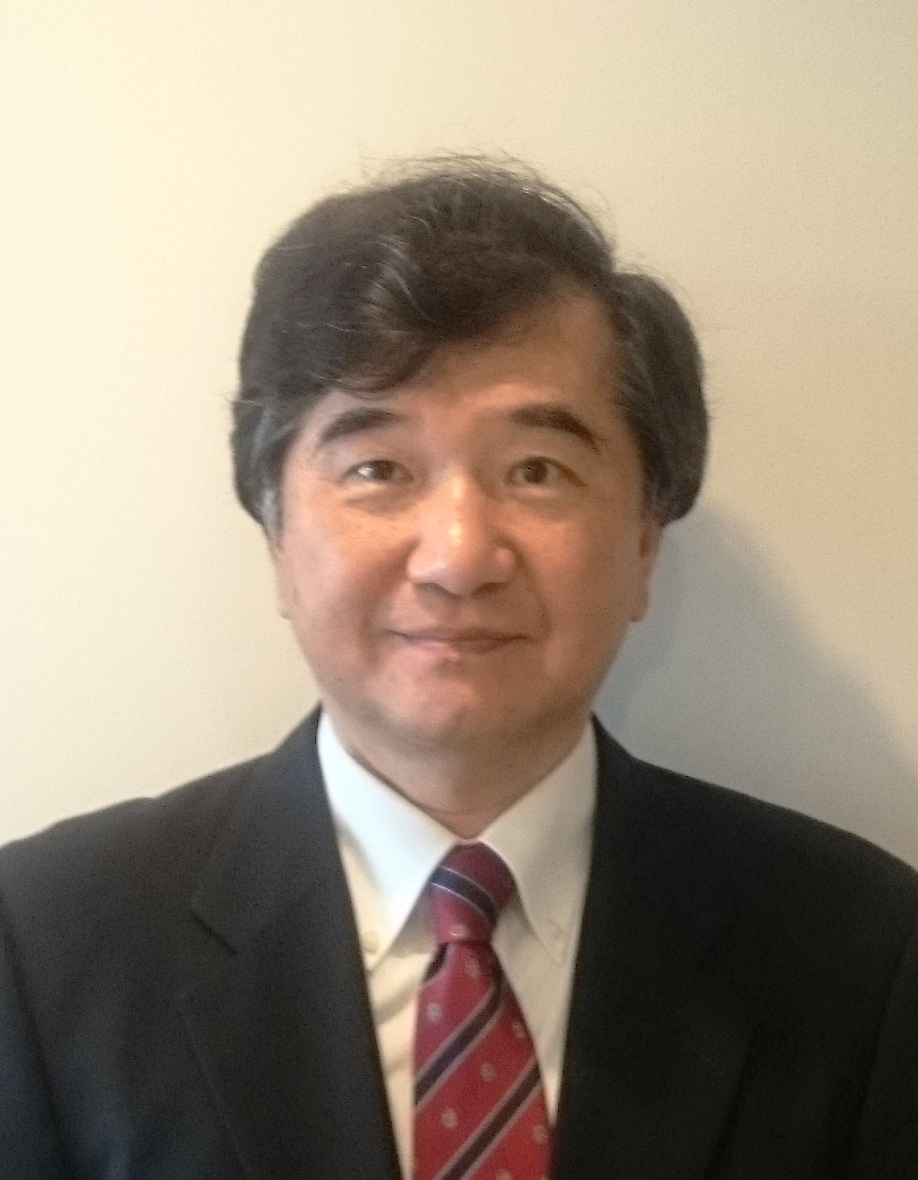 In this episode (#87) we talk with an expert on disaster mitigation. He is Professor Satoru Nishikawa, Disaster Mitigation Research Center, Nagoya University, Nagoya, Japan.
In this episode (#87) we talk with an expert on disaster mitigation. He is Professor Satoru Nishikawa, Disaster Mitigation Research Center, Nagoya University, Nagoya, Japan.
We had the opportunity to chat with Dr. Nishikawa about the topics that connect Japan and California - natural disasters. We each have a long history of disasters and as such, we each acknowledge we are disaster-prone. However, we don’t just accept that fact; we are both actively involved in research and the development of new ways to mitigate, respond to, and recover from those emergencies. In fact, we have shared information with each other, learning from our collective experiences and share a common history of helping one another during times of need. Dr. Nishikawa talks about all of that and much more.
Dr. Satoru NISHIKAWA
Professor, Disaster Mitigation Research Center, Nagoya University
Dr. Nishikawa joined Japanese Government service in 1982 and has held various positions in the Japanese Government, the United Nations, Tokyo Metropolitan Government, as well as a number of international organizations. In 1992, he took the position of Senior Disaster Relief Coordination Officer at United Nations Department of Humanitarian Affairs (UN-DHA) where he coordinated international assistance to numerous disaster-stricken countries. In 2001, he was appointed as the Executive Director of Asian Disaster Reduction Center. After resuming Japanese government service in 2004, he held senior positions in the Cabinet Office and the Ministry of Land, Infrastructure, Transport and Tourism of Japan. In the wake of the Indian Ocean Tsunami in 2004, he coordinated the Japanese Government technical assistance to the affected countries. He was also the on-site coordinator for the Niigata-Chuetsu Earthquake in 2004. He hosted and coordinated the 2005 UN World Conference on Disaster Reduction where the Hyogo Framework for Action 2005-2015 (HFA) was adopted. In 2005, he proposed the Japanese Business Continuity Plan (BCP) guideline. He initiated the long-term regional recovery planning for Tohoku after the 2011 Great East Japan Earthquake. He was a member of the Advisory Group to the UN SRSG for DRR on the Post-2015 Framework for Disaster Risk Reduction and the Global Platform. He was the chair of the WEF Global Agenda Council on Catastrophic Risk. From 2013 to 2015, he served as Vice President of the Japan Water Agency.
He currently serves as:
• Member, Science Council of Japan
• Board Member, Institute of Social Safety Science
• Board Member, Business Continuity Advancement Organization
• Adviser, Japan Bosai Platform
• Board of Trustees Member, Asian Disaster Reduction Center
• Board Member, Save the Children Japan
Links
OCHA - UNITED NATIONS OFFICE FOR THE COORDINATION OF HUMANITARIAN AFFAIRS
MINISTRY OF FOREIGN AFFAIRS OF JAPAN
GOVT. HOLDS DRILL ON DISASTER PREVENTION DAY
The Great Japan Earthquake of 1923 (the Great Kanto Earthquake)

